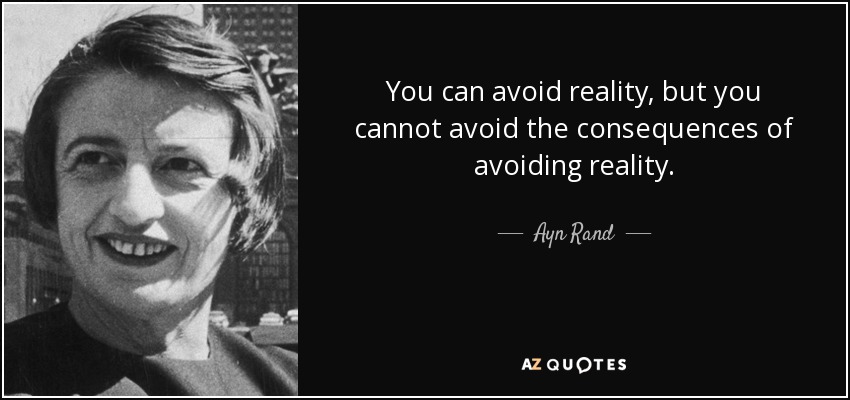Gabriel Cardona, creator of Bitbox developer tools recently tweeted a compelling question.
Of the three desirable properties of a blockchain, allowed two, which do you pick?
The question is compelling because it’s real. It’s easy to balance two, but a blockchain with all three is still theoretical.
Bitcoin Forks

Bitcoin has been forked innumerable times, but the Bitcoin community has only forked twice – creating three separate chains.
Each of these chains correspond to a position in the “blockchain trilemma.”
BTC
The fork of Bitcoin known as BTC chose security and decentralization.
By limiting the amount of transactions which could fit in a block, BTC ensures that miners will never get so large that they can be coerced by malicious actors.
BCH
Bitcoin Cash (BCH) forked over BTC’s decision to keep the blocks small, and transactions limited, because small blocks cause high fees, and high fees limit the potential user base – rendering Bitcoin (BTC) useless as cash.
The (short-term) sacrifice BCH made was security, and to some extent decentralization, but the community’s support of the coin is exercised through the market; if decentralization were to falter, the market would punish holders of BCH and therefore miners and developers.
Regarding the trilemma, BCH chooses decentralization and scalability.
BSV
That leaves one position for the third and final fork. Bitcoin Satoshi [sic] Vision (BSV) chooses scalability and security.
Conveniently, BSV supporters deny that the trilemma even exists. Nevertheless, it’s quite clear to everyone outside their cult why they’ve chosen this. It has to do with the political ideologies of those involved.
Solutions to the Trilemma
Between those forks which acknowledge the blockchain trilemma, third-party solutions to it have been suggested.
BTC’s solution is the Lightning Network, supposedly trustless and decentralized, but not so in practice. Without a trusted oracle to keep nodes aware of the state of the network, formation of centralized hubs is inevitable.
Pending its success in a testnet environment, Avalanche is one solution for Bitcoin Cash. Avalanche is similar to the theoretical Lightning Network in that it would shore up BCH’s weaknesses dictated by the trilemma.
It’s different in that Avalanche has a working product which doesn’t accidentally destroy users’ funds all the time.
We’ve linked the latest example, which just so happened to be yesterday – we Googled the recurrent problem and that came up.
Conclusion
This problem is not unique to Bitcoin forks. Every blockchain is trying to solve the blockchain trilemma – even BSV; the problem still exists.

This framework is helpful for contextualizing Bitcoin forks thus far, and may be helpful in predicting future Bitcoin forks.
While there are only three possible answers, according to the structure of the question posed by Gabriel Cardona, in practice, blockchains may include some level of each.
The extreme positions resulting from “pick two” are merely illustrative.
It’s possible that in the future, should the market call for further forks, that splits will be along these lines – for example, an emphasis on scalability over decentralization, or in varying degrees of all three.
Bitcoin forks have caused a financial bloodbath and vicious animosity between community factions, so we hope there are no further forks, but (thankfully) that’s not up to us – the market determines whether a fork is prudent or not.
